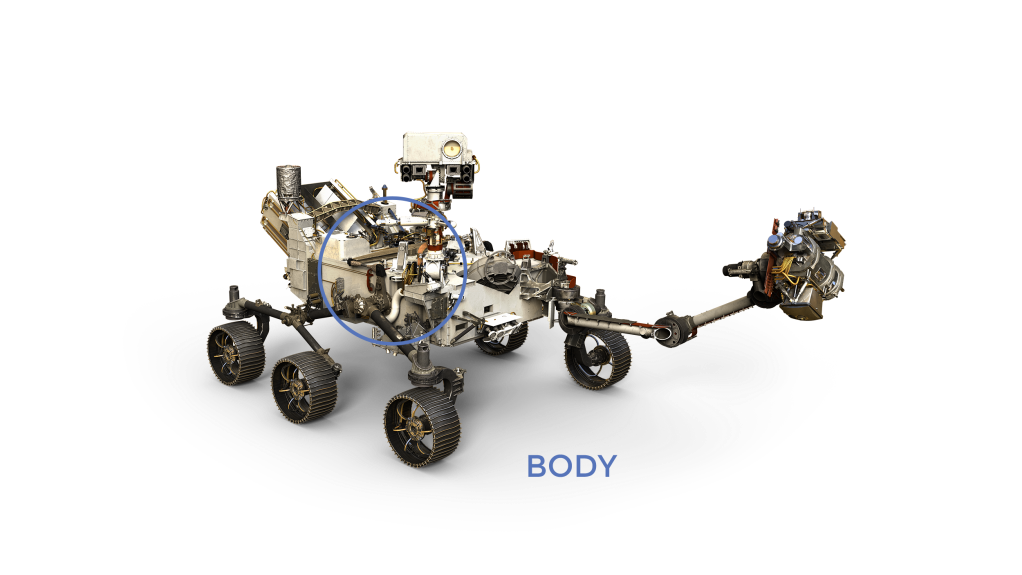That's interesting. Last video I saw of Elon (IIRC), the statement was made that comms took 30 minutes to get back to HQ here if we had a colony - you know, the one-way-trip group that they were looking for. Wonder what the difference is?
Unknown. My dad has been in the deep space communications gig for many moons, so I only know what he's relayed to me from his work.
Elon did a slight exaggeration. Or he is including a round trip time.WTF.........
Elon Musk: radio transmission to Mars take 30 min
SME: it takes 8 min
Conclusion: Elon Musk doesn't understand the topic as well he or you think. He wasn't even fucking close.
Do you understand now?
Radio travels at the speed of light. What I think everyone is forgetting is that Mars and earth travel in different orbits at different speeds. Distance between changes which makes light travel time different.
Nasa says delay is between 5 to 20 minutes. That would mean a round trip time can range from 10 to 40 minutes.

Perseverance Rover Components - NASA Science
The Mars 2020 rover, Perseverance, is based on the Mars Science Laboratory's Curiosity rover configuration, with an added science and technology toolbox. An important difference is that Perseverance can sample and cache minerals.
This shows orbits pretty well.

